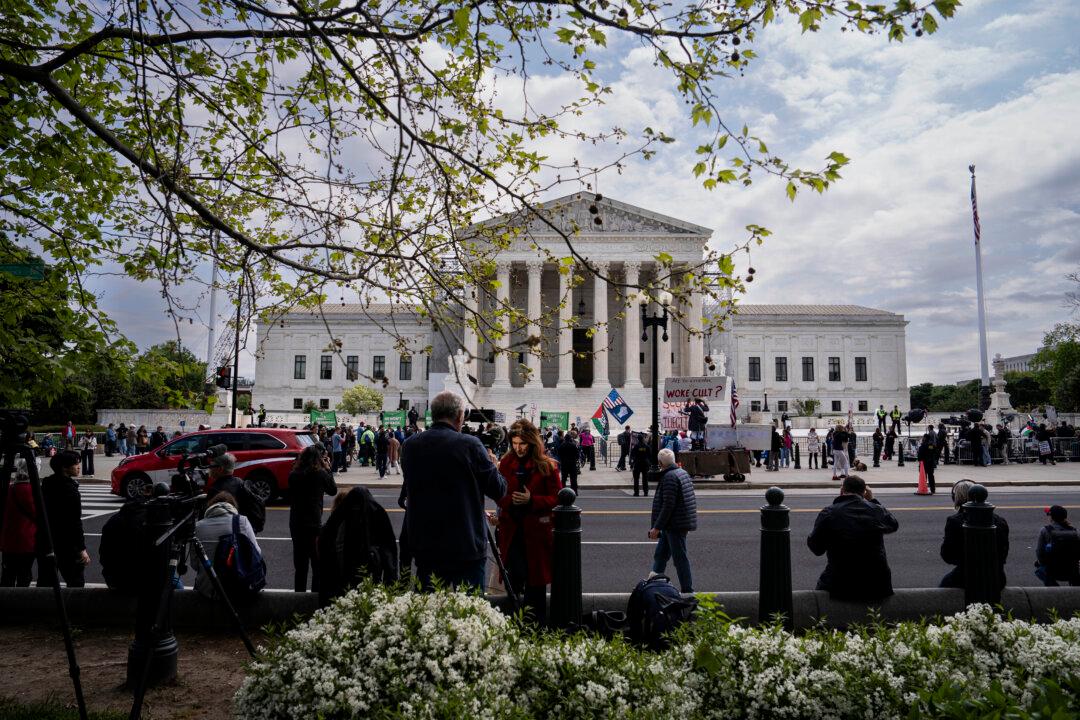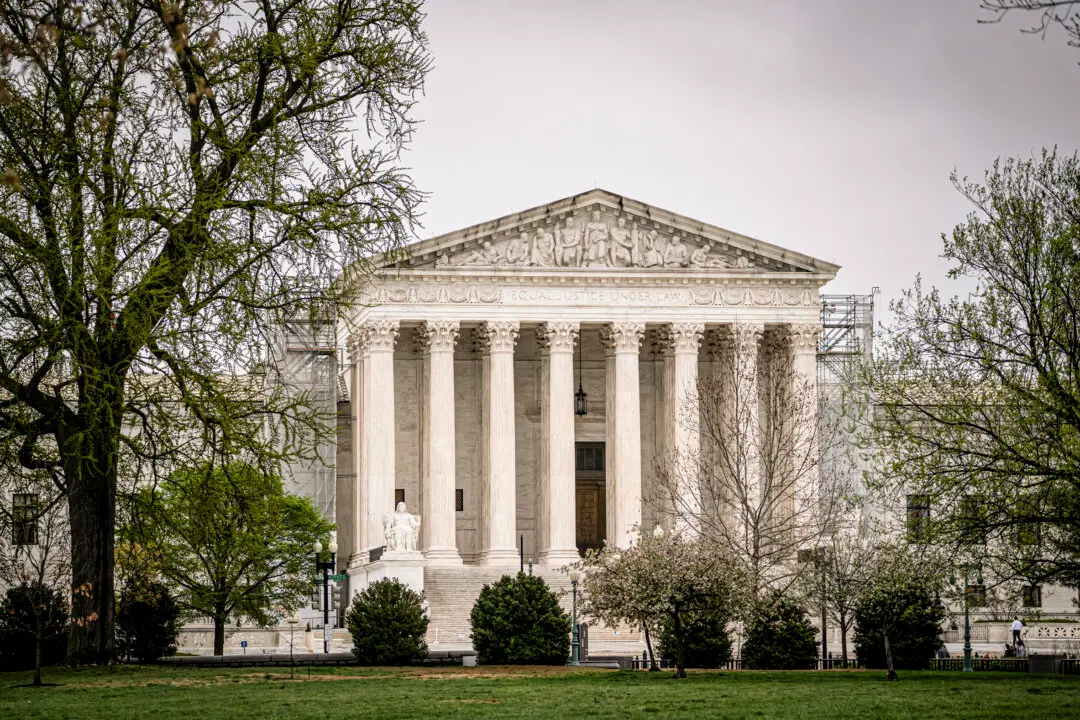Monday, August 1, 2011
THEN
On August 1, 1950, U.S. President Harry S. Truman signs the Organic Act of Guam making Guam an unincorporated territory of the United States and granting the people of Guam certain rights and protections under the U.S. Constitution. The Organic Act also grants the people of Guam the opportunity to establish certain limited polices, laws, and regulations, but administrative responsibility for the territory falls to the U.S. Secretary of the Interior. Guam is the largest and southernmost island in the Marianas Archipelago—an area consisting of volcanic, mountainous terrain in the northwestern Pacific Ocean. The United States took control of Guam after the Spanish-American War, pursuant to The Treaty of 1898. During World War II, the Japanese occupied Guam for about 2.5 years before the U.S. regained control in 1944. The land area of the island of Guam is approximately 212 sq. miles and the predominate ethnicity is Chamorro.
NOW
Late last month, the newly appointed U.S. Secretary of Defense Leon Panetta reaffirmed the United States Department of Defense’s commitment to the 2006 Realignment Roadmap Agreement with Japan—which provides for the relocation of approximately 8,000 U.S. marine forces currently stationed in Okinawa, plus their dependents, to Guam. Supporters of the move to Guam have emphasized the economic boost the military buildup will bring to the region. However, opponents have warned of the impact it will have on Guam’s population of 178,000 and its already challenged infrastructure, in addition to the potential environment impact. Guam is considered by many to be a natural paradise and tourism is its main industry. Perhaps the most controversial issue facing Guam is its lack of voting power in the U.S. Congress and the lack of any truly independent authority to oppose the troop buildup. Guam provides a key, strategic military base for the United States in the Pacific region.



